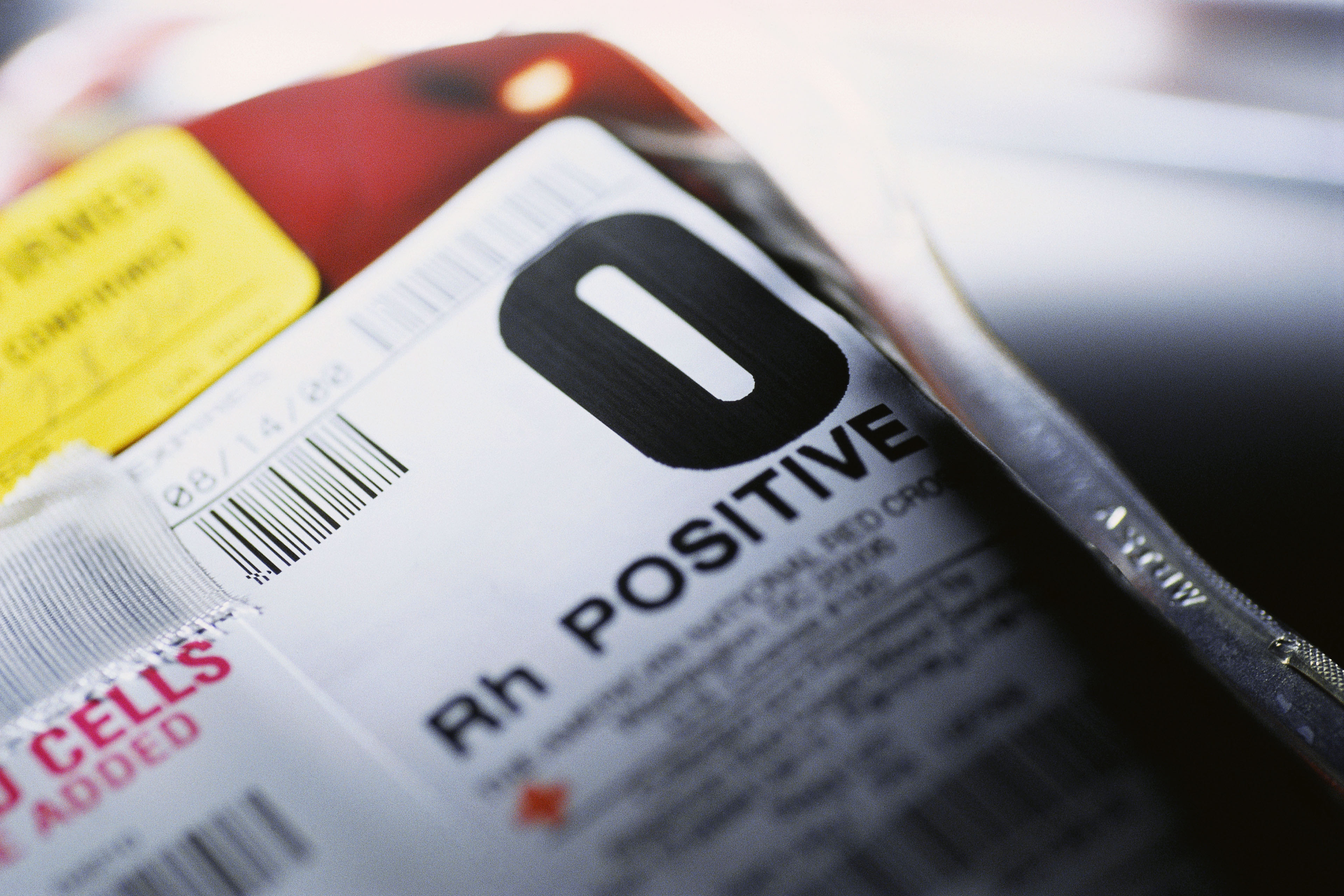EY refers to the global organization, and may refer to one or more, of the member firms of Ernst & Young Global Limited, each of which is a separate legal entity. Ernst & Young Global Limited, a UK company limited by guarantee, does not provide services to clients.
How data is connecting a community with its human rights

The better the question
How can data connect a community with its human rights?
Nonprofits in developing countries lack the data tools they need to effectively allocate resources.
Kibera and Mathare are the largest urban slums in Nairobi, Kenya, and among the most impoverished areas on the planet. Life essentials – from clean water to basic health care – are nearly nonexistent for the slums’ almost one million residents.
Shining Hope for Communities (SHOFCO) is a nonprofit organization that seeks to fill that gap, providing a diversity of services, including access to water, health care, education, community advocacy and occupational training. They work with many people every day, aggregating basic information on Kibera and Mathare’s residents in the process. But this data is housed in physical records or unsophisticated systems that prevent SHOFCO from using or analyzing it.
The better the answer
Analyzing trends to better allocate resources
Digitized records and new reporting tools help SHOFCO learn from its data.
Inspired by FSO Partner (Ernst & Young Services Ltd.) Gulenn Tambe, FSO Senior Consultant (EY Business Solutions Pty Ltd.) Adrienn Demeter and FSO Consultant (Ernst & Young Services Ltd.) Timothy Higgins have made it their mission to collaborate with SHOFCO and create the infrastructure to conduct basic data analytics and uncover valuable insights in the information they’ve collected. Working out of the UK and Australia, Adrienn and Timothy use their own personal time to act as unofficial consultants to SHOFCO, providing strategic and technical experience to help the organization build dashboard reporting and develop the ability to learn from the data they are gathering.
One of their top priorities has been gender-based violence, a rampant problem in Kibera and Mathare. SHOFCO advocates for these victims and collects basic information on each case, but the organization has no mechanism to analyze the data to uncover trends and focus its services more strategically. Adrienn and Timothy helped SHOFCO digitize their records and begin to analyze the types of cases, average ages, genders and other attributes of victims. They mapped Kibera and Mathare to identify “hot spots” of gender-based violence, allowing SHOFCO to focus its support where it is most needed.
SHOFCO also operates hospitals in Kibera and Mathare with an electronic records system, so each patient’s age, gender, location and condition are digitally logged upon arrival. However, the functionality of this system is limited and doesn’t allow SHOFCO to capture and analyze trends among the hospitals’ patients. Adrienn and Timothy built a complementary reporting tool to capture and analyze trends in the types of visits, diagnoses and patients the hospitals are receiving so the organization can better utilize its resources.
Due to their distance, much of Adrienn and Timothy’s impact has been made remotely, advising SHOFCO on how to plan, train and utilize their staff throughout this transformation. However, after months of remote collaboration, Adrienn and Timothy were finally able to travel to Nairobi and make an impact on a much more personal level. They worked with SHOFCO employees to host in-person training sessions and implement new data analytics software. By instilling technical skills in the organization’s staff, Adrienn and Timothy are enabling SHOFCO to scale these solutions much faster, in a more sustainable way.
The better the world works
Using data to make a difference in underserved communities
By leveraging insights, nonprofits like SHOFCO can help more people with the same resources.
While these systems seem basic, their impact is immense. Their potential is even greater, as they are the foundation for more sophisticated functionalities like AI and machine learning. SHOFCO’s efforts are life saving for the community they support, and the insights gained from this information create a smarter, more strategic use of their limited resources. They can learn about the people they’re helping and, more importantly, how to help them better.
Both from afar and on the ground, Adrienn and Timothy have been ultra-dedicated partners in SHOFCO’s transformation journey. Through their dedication, however, they’re creating an even-more impactful outcome: a future where organizations like SHOFCO have the technical skills and strategic understanding to transform themselves — and, in turn, their communities — all on their own.
Related articles
How blockchain is helping make every blood donation more effective
Blood donations and transfusions are vital to healthcare, but tracking the journey from vein to vein in real time remains elusive.



